I allotted myself three days to explore Luxembourg, one for
the hilly north, one for the capital city, and one for all about the rest of
the country. Given that many of the museums and other sights in the city of
Luxembourg are closed on Mondays, I decided to leave it for my last day in the
country.
Below the rugged country in the north, Luxembourg’s scenery
is pretty similar to that in central Germany, a scenic countryside of hills,
fields, and little hamlets scattered about, overall a very rural setting
without any very large towns. I spent most of the day just driving around from
village to village listed as having a castle or palace or something of note –
Larochette, Mersch, Septfontaines, Hollenfels, Ansembourg, most fairly cute but
nothing major.
One of the biggest sites is at the town of Echternach on the
German border. Echternach dates from Roman times but is most associated with
Saint Willibrord, a missionary from northern England credited with
Christianizing the Germanic tribes of the Netherlands who became the Dutch. The
big church and adjacent abbey were mostly rebuilt after being badly bombed in
WWII during the Battle of the Bulge being close to a railway junction in the
era before “smart” bombs. It’s a pretty nice town that hosts an annual
Sprinprozession on Whit Tuesday in May in which thousands of pilgrims do a
hopping/dancing procession through town. Looks like fun if I’m ever back in the
area in May!
Toward the end of my zigzag trip through the little country
I ended up in the southeast along the Mosel River across from Germany. The Mosel
is, of course, known as one of Germany’s primary wine producing regions, and
that extends up the valley and across the river into Luxembourg. I had a rather overcast afternoon that wasn’t
very conducive to pictures, but it’s one of those places where the steep hillsides
on both side of the river are impressively covered with vines several hundred
feet up in altitude. Being Monday the wineries all seemed to be closed for
tours, but I managed to find an open tasting room at Caves a Cremant
Poli-Fabaire in a small town named Wormeldange for my first tastes of
Luxembourg wines ever. The Mosel Valley
has a reputation mostly for white wines, but both red and white wine grapes are
grown in Luxembourg with Cremant, the local version of bubbly that is (of
course) not allowed to be called Champagne, the most notable type of wine.
There were even wines from a few grape varietals I don’t think I’ve ever heard
of before. I quite liked a pink version of the bubbly, so ordered a glass to
sip on the terrace.

 Echternach, Grevenmacher, Luxembourg
Echternach, Grevenmacher, Luxembourg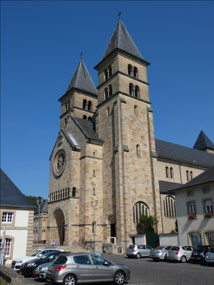





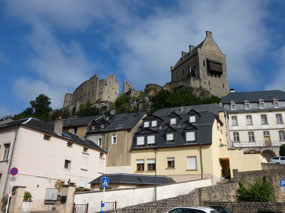
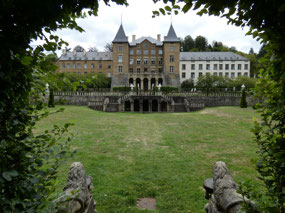
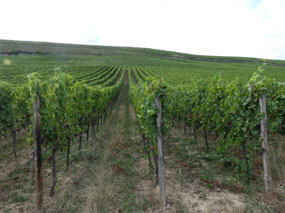

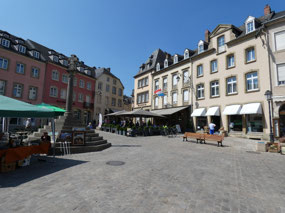
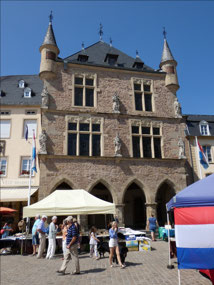
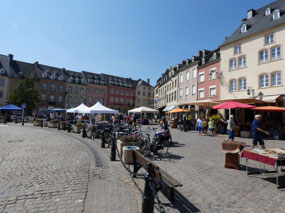
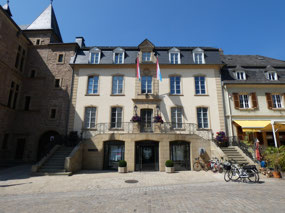
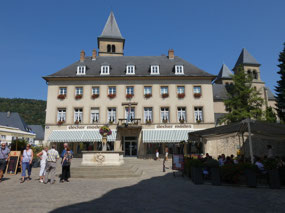
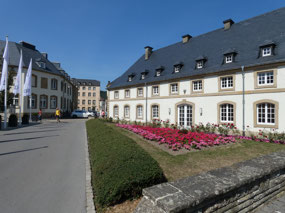
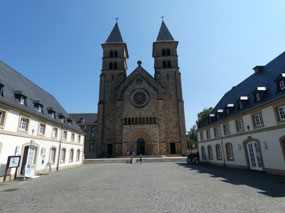
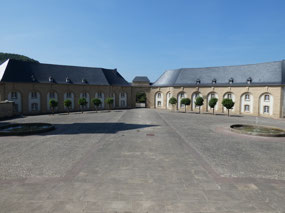
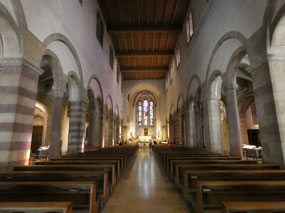
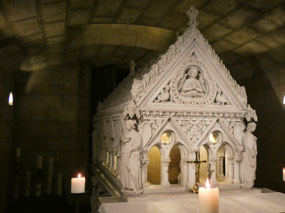
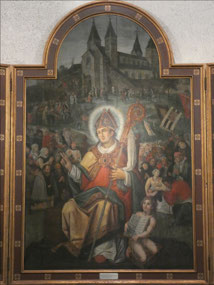
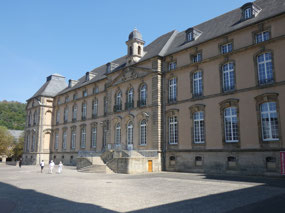

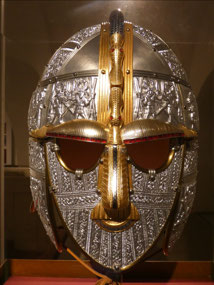
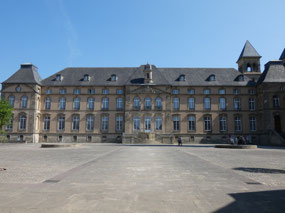
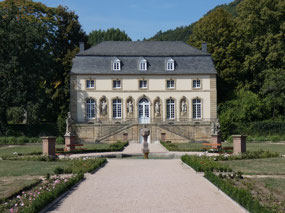
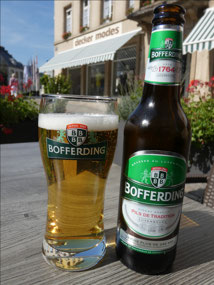
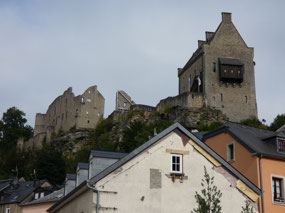
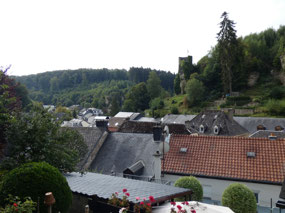
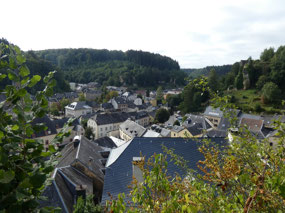
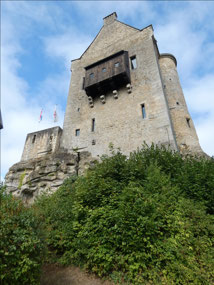
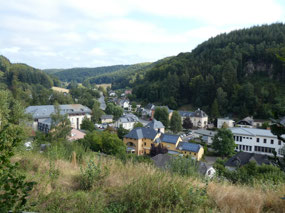
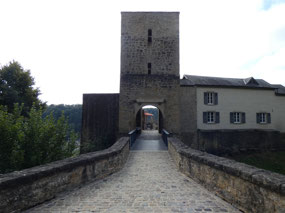
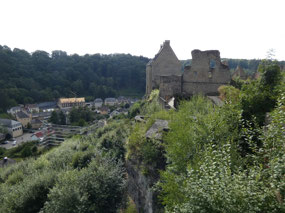
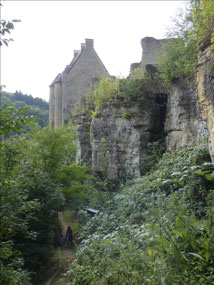
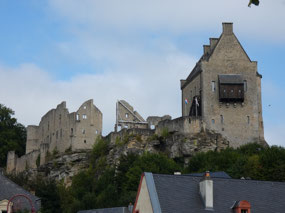
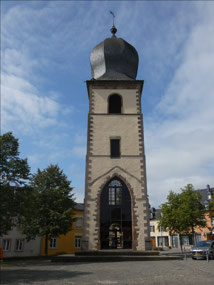
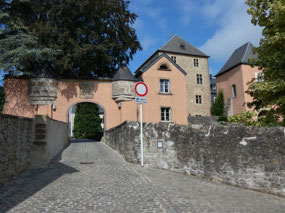
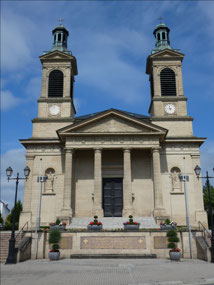

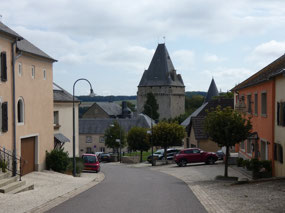
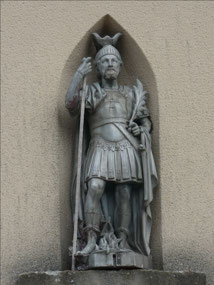
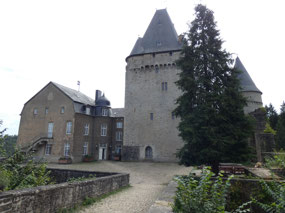
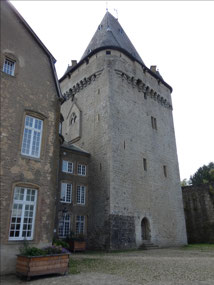
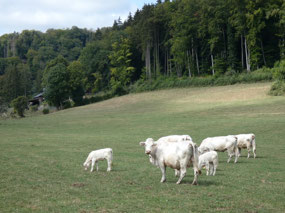
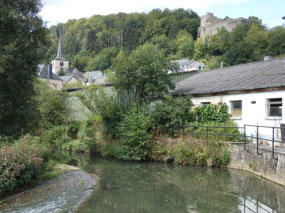
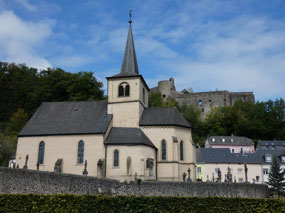
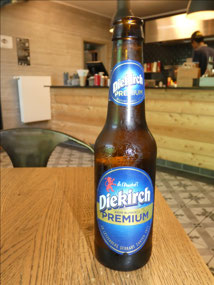
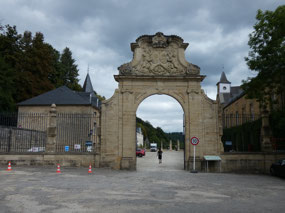
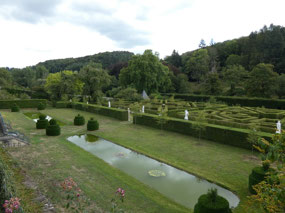
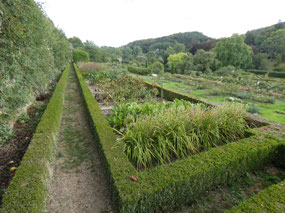
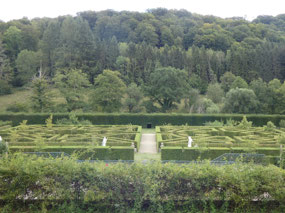
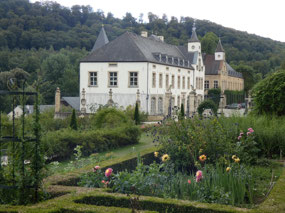
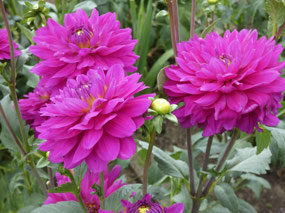
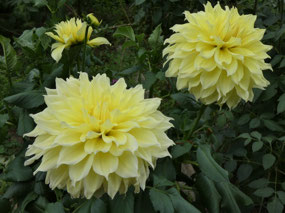
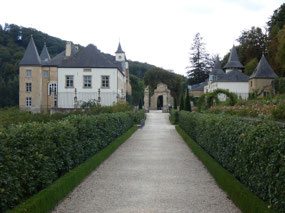
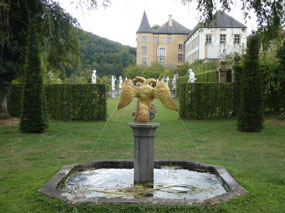
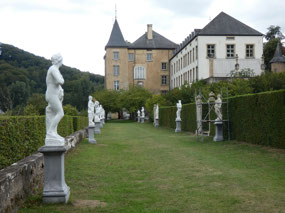
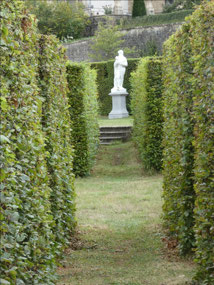
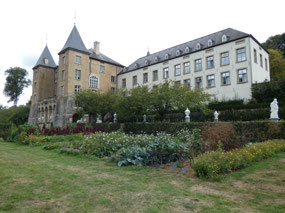
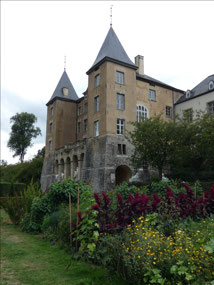
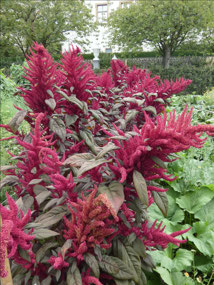
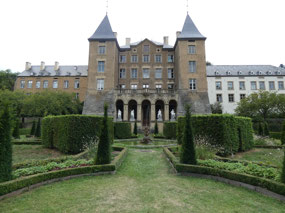
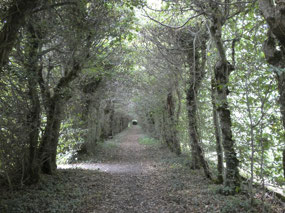
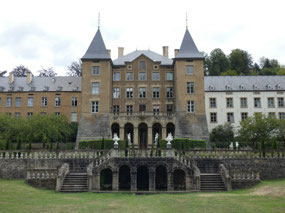
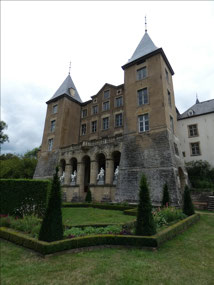
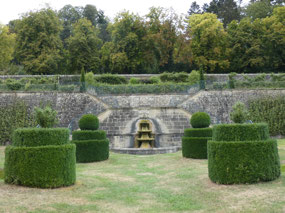
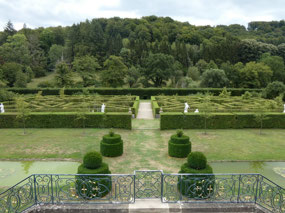
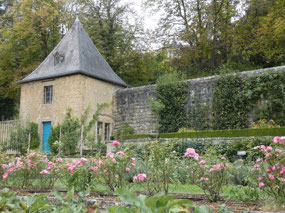

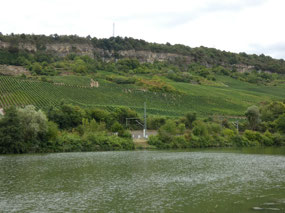
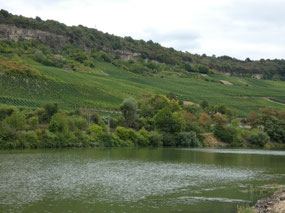
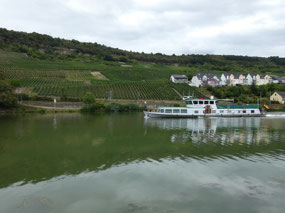
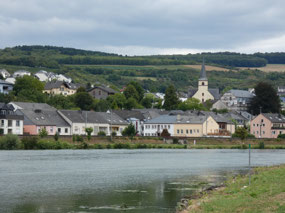
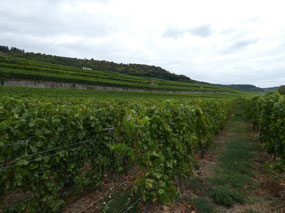
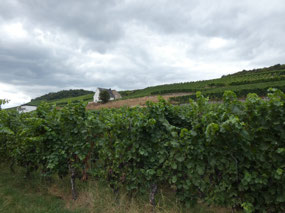
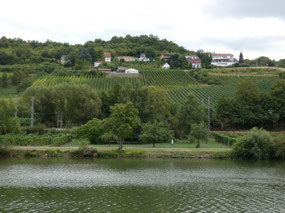
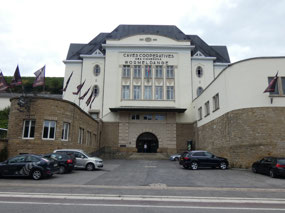
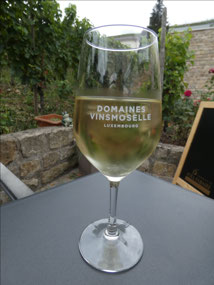
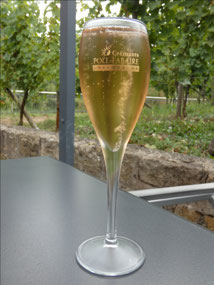
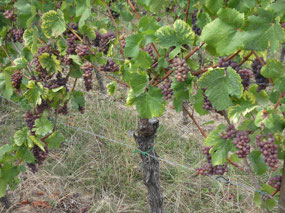
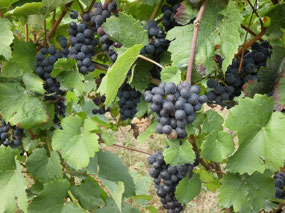
2025-05-22